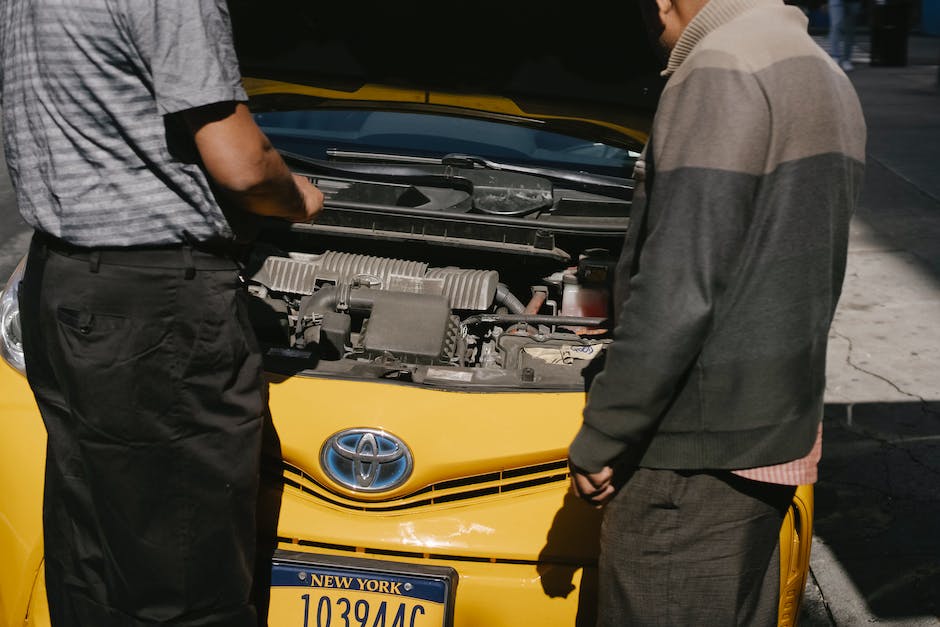The Environmental Impact of Auto Glass Repair vs. Replacement
The importance of auto glass repair vs. replacement
Auto glass repair is essential for minimizing the environmental impact. Repairing damaged auto glass helps in reducing the amount of waste sent to landfills and lowers the energy consumption required for manufacturing new glass. According to the Environmental Protection Agency, replacing auto glass creates a significant amount of waste, as the old glass often cannot be recycled. By choosing repair over replacement, you can contribute to reducing the environmental burden.
Environmental impact of auto glass repair
Auto glass repair is considered more environmentally friendly compared to replacement. Repairing auto glass helps in reducing the amount of waste produced from discarded glass, as well as the energy required to manufacture new glass. By opting for repair, you can contribute to the conservation of resources and the reduction of carbon emissions associated with the production and transportation of new glass. Additionally, it helps in decreasing the demand for raw materials, promoting a more sustainable approach to maintaining and repairing your vehicle.
Benefits of repairing auto glass
Auto glass repair offers several benefits over replacement, both environmentally and financially. Repairing auto glass helps reduce the amount of waste going to landfills, as it allows the existing glass to be reused rather than replaced entirely. Additionally, repairing the glass consumes fewer resources and energy compared to manufacturing a new one. This not only reduces the environmental impact but also helps in conserving natural resources. Furthermore, repairing auto glass is often a more cost-effective option for minor damages, saving you money in the long run.
Process of auto glass repair
Auto glass repair generally involves the following steps:
- Assessment: The damaged area is assessed to determine if it can be repaired.
- Preparation: The damaged area is cleaned to ensure proper adhesion of the repair materials.
- Resin Application: A special resin is injected into the damaged area to fill the chip or crack.
- Curing: The resin is then cured using UV light to harden and strengthen the repaired area.
- Final Inspection: The repaired area is inspected to ensure the damage has been properly addressed.
Auto glass repair is often a quicker and more environmentally friendly option compared to replacement, as it reduces waste and preserves the original factory seal of the vehicle.
Cost comparison between repair and replacement
When it comes to auto glass, considering repair versus replacement can have a significant impact on cost. Auto glass repair is generally more cost-effective than replacement, with repairs typically costing around $125 for a single chip or crack. On the other hand, auto glass replacement can cost anywhere from $100 to $400 or more, depending on the make and model of your vehicle and the type of glass being replaced. Factors such as insurance coverage and deductible amounts may also play a role in the final cost. Repairing minor damage to auto glass can be a financially savvy decision, but it’s important to weigh the cost against the extent of the damage and the potential long-term effects on your vehicle’s safety and structural integrity.
Environmental impact of auto glass replacement
The process of auto glass replacement involves the removal of the entire glass, which often leads to increased waste and a higher carbon footprint. This method requires a new piece of glass, which can contribute to the production of more raw materials and energy consumption. Additionally, the transportation required for the new glass contributes to greenhouse gas emissions. Conversely, auto glass repair involves fixing the existing glass, reducing the need for new materials and the associated environmental impact. Repairing the glass also conserves energy and reduces waste, making it a more environmentally friendly option compared to replacement.
Factors influencing the environmental impact
When considering the environmental impact of auto glass repair versus replacement, several factors come into play. These include the type of glass being used, the energy required for the manufacturing process, the transportation of the glass to the repair or replacement facility, and the disposal of the old glass. Additionally, the recycling capabilities of the facility and the distance of the facility from your location also influence the environmental impact. All these factors collectively contribute to the overall environmental footprint of the repair or replacement process.
Long-term effects and sustainability
Repairing auto glass has a lower environmental impact than replacing it, as it reduces the amount of waste that goes to landfills. Moreover, repairing glass consumes fewer resources compared to manufacturing new glass. Over time, prioritizing repair over replacement can help in reducing the environmental footprint of the automotive industry.
Choosing a local auto glass repair shop
Before choosing a local auto glass repair shop, it’s important to consider the environmental impact of repair versus replacement. When you opt for repair instead of replacement, you help to reduce waste and conserve resources. Repairing auto glass also consumes less energy and materials compared to replacing the entire glass. By choosing a reputable local repair shop, you can contribute to minimizing the environmental impact of auto glass maintenance.
Conclusion and summary
In conclusion, when considering the environmental impact, repairing auto glass is generally more sustainable than replacing it. Repairing reduces the need for a new glass production, which in turn saves energy and raw materials. Additionally, repairing auto glass generates less waste and reduces the carbon footprint associated with manufacturing and transporting new glass. While replacement is sometimes necessary, especially for severe damages, opting for repair whenever possible can contribute to a more eco-friendly approach to auto glass maintenance.

